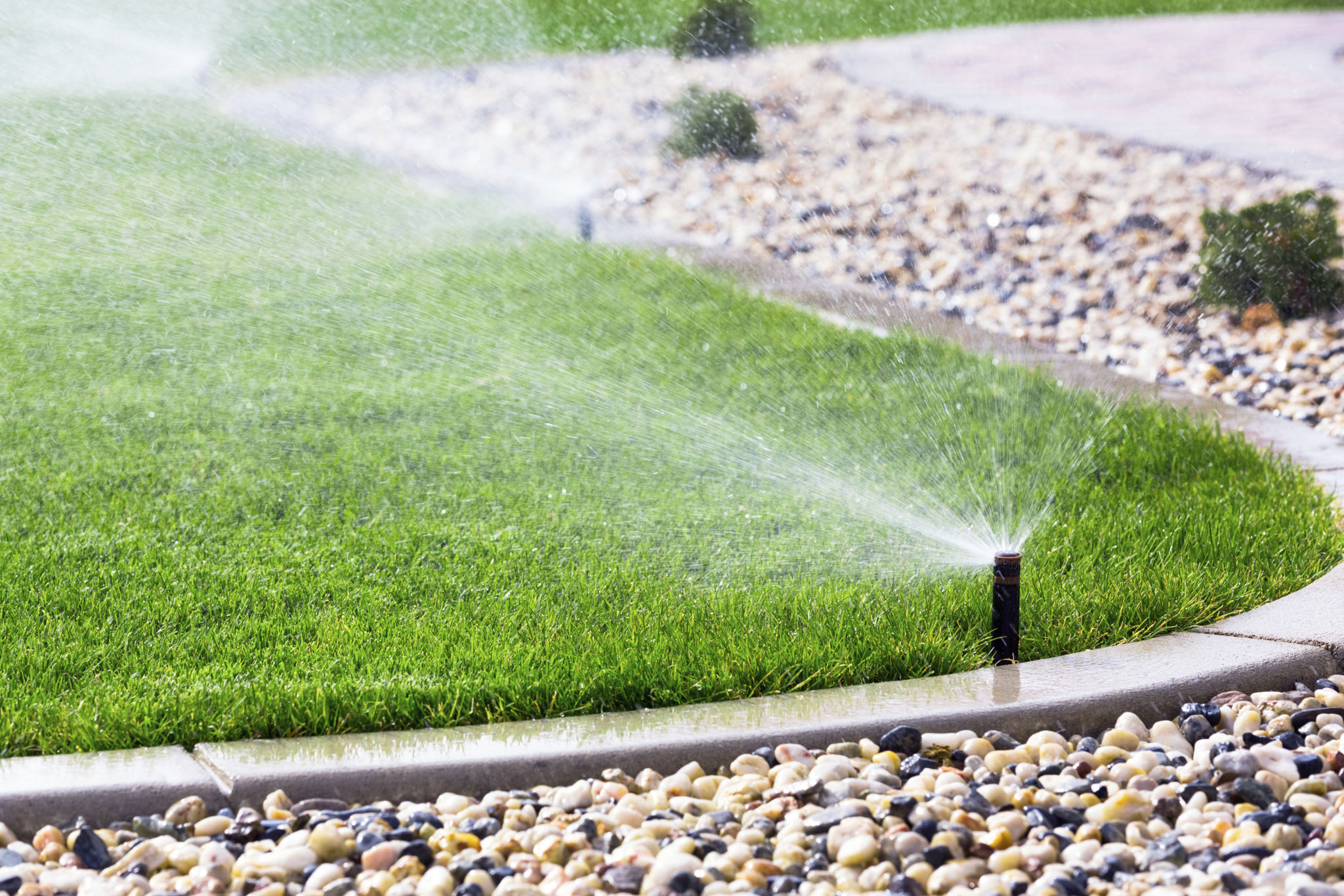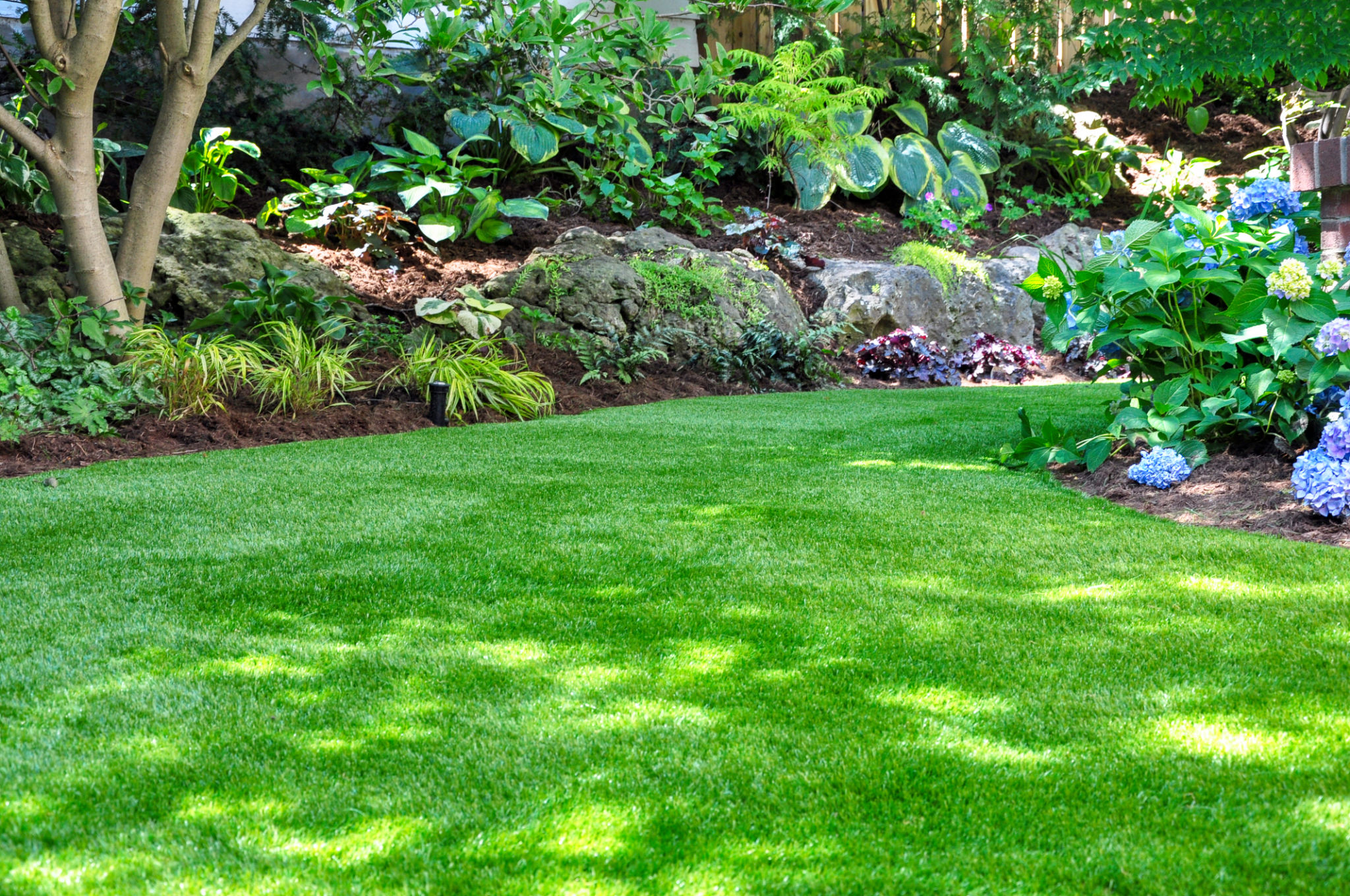Seasonal Landscaping Tips for Texas Businesses: Preparing for Summer Heat
Understanding the Texas Climate
Texas is renowned for its scorching summer heat, and this can pose unique challenges for businesses trying to maintain aesthetically pleasing landscapes. The intense sun and high temperatures can cause significant stress on plants, leading to wilting and browning if not properly managed. Understanding the specific needs of your landscape during these months is crucial to keep your business premises looking inviting and professional.

Selecting the Right Plants
When planning your summer landscaping, choosing plants that are well-suited to the Texas climate can make a substantial difference. Opt for native plants or those that are drought-resistant, as they are more likely to thrive in the heat and require less maintenance. Some excellent options include yuccas, sages, and Texas lantanas, which are not only resilient but also add vibrant colors to your landscape.
Additionally, consider incorporating shade trees such as live oaks or cedar elms. These trees provide much-needed shade for both plants and visitors, helping to reduce heat stress and improve comfort levels on your property.
Efficient Irrigation Strategies
Water management is pivotal during the summer months. An efficient irrigation system can conserve water while ensuring that your landscape remains lush and healthy. Drip irrigation systems are particularly effective as they deliver water directly to the roots, minimizing evaporation losses. Scheduling watering times for early mornings or late evenings can also reduce water waste and enhance absorption.

Regularly inspect your irrigation system for leaks or blockages to ensure optimal performance. Smart irrigation controllers that adjust watering schedules based on weather conditions are also a wise investment for businesses looking to optimize their water use.
Mulching and Soil Management
Mulching is an excellent technique to help retain soil moisture and regulate temperature. A layer of mulch around trees, shrubs, and flower beds can significantly reduce evaporation and keep roots cool. Organic mulches, such as wood chips or bark, decompose over time, enriching the soil with nutrients and improving its structure.
Soil health is another critical factor in maintaining a thriving landscape. Regularly test your soil to determine its nutrient content and pH level, then amend it as needed with compost or other organic materials to enhance its viability.
Creating Shaded Areas
Incorporating shaded areas within your landscape design can provide respite from the sun for both plants and people. Pergolas, awnings, or strategically placed umbrellas can offer much-needed relief from the direct sun, making outdoor spaces more enjoyable during the hotter parts of the day.

These shaded areas can also serve as functional spaces for employees or visitors to relax or hold outdoor meetings, enhancing the usability of your business grounds.
Regular Maintenance and Monitoring
Consistent maintenance is crucial for a healthy landscape during the summer months. Regularly inspect your plants for signs of stress or disease, prune dead or damaged foliage, and keep an eye out for pests. Staying proactive in your landscaping care ensures that minor issues do not escalate into bigger problems.
By implementing these seasonal landscaping tips, Texas businesses can maintain attractive and sustainable outdoor spaces despite the challenges of summer heat. A well-maintained landscape not only boosts curb appeal but also creates a welcoming environment for employees and customers alike.
